Archives
June 7, 2016

re·gen·er·a·tion
rəˌjenəˈrāSH(ə)n/
Renewal, revival, restoration; spiritual transformation; an aspect of living systems without which there would be no life; a process through which whole new organisms may be created from fractions of organisms; an adaptive and evolutionary trait that plays out at different systemic levels.
Readers of this blog know that at IISC we do not see building networks simply as a tactic, rather networks are more fundamental as structures underlying healthy living systems (ecosystems, human communities, economies, etc.). This is especially true when there is focus on the regenerative potential of social-ecological networks. That is, in paying attention to qualities of diversity, intricacy and flow in network structures, people can support systems’ ability to self-organize, adapt and evolve in ways that deliver vitality to participants and to the whole.
In my conversations with the Research Alliance for Regenerative Economics, we have been developing a list of design principles for and indicators of the human factors in healthy (regenerative) networks. Here is a working list of 12 and readers are invited to offer adjustments, additions, and comments: Read More
June 2, 2016
ATTENTION FRIENDS! Can you use the equality vs equity illustration in your book/video/presentation/etc?
Yes! You do not need written permission to reproduce the work. Read below for information on the license under which the illustrations are released.
Since releasing our adaptation of this cartoon in January (working with our dear artist friend, Angus Maguire), we’ve found other versions of it floating around the internet, either via word of mouth or direct contact. We hoped that by making the design files available we would get some clever renditions, but what we’ve seen has gone far beyond what we expected!
To keep track of them, we’ve started a gallery of the different riffs on the version for others to use. Take a look and if you see any others, please email them to comms@interactioninstitute.org or tag us on Twitter so we can add them to the gallery.
PS – Thanks, Andrea Nagel, for the supportive energy and prodding to get this out of my backlog and into reality.
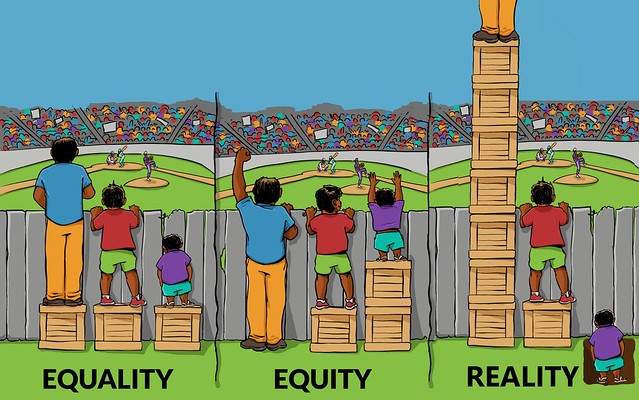
Created by Andrew and found on Facebook
Read More
May 31, 2016

Last week I attended another meeting of the Research Alliance for Regenerative Economics (RARE) and we deepened our conversation about a “regenerative framework” for guiding system change. Underlying our conversations is the premise that many living systems – ecological, economic, social – are reaching or have already reached a point of crisis where they can no longer respond to changing conditions in such a way that humanity, or significant portions thereof, can thrive. Another way of saying this is that these systems are losing their capability for resilience (to “bounce back” from perturbations) and regeneration (to self-organize and evolve). Our discussions are focused specifically on the dynamics of networks, human and otherwise, and what these can tell us about why we are where we are socially and ecologically and what can be done to alter current conditions and humanity’s long-term prospects.
Breeding disconnection, diminishing diversity and stemming resources flows is “irresponsible.”
Read More
May 26, 2016
Tonight, Cynthia Parker will present “Race Talk” at an intercultural dialogue co-hosted by Fire, Grace Chapel’s young adult ministry. Parker explores racism through key moments of personal and professional insight.
Thursday, May 26, 2016, 7:00 PM – 9:00 PM
Grace Chapel: 59 WORTHEN RD., LEXINGTON, MA US 02421
Courtyard Room, Main Building
“There are many useful guidelines for productive race talk,” Parker says, and many practical tips are included in the talk. Yet even with best practices, some moments of race talk do harm or feel unresolved. Parker shares her personal tips for connecting with her faith, and her faith in humanity, to continue moving forward with love.
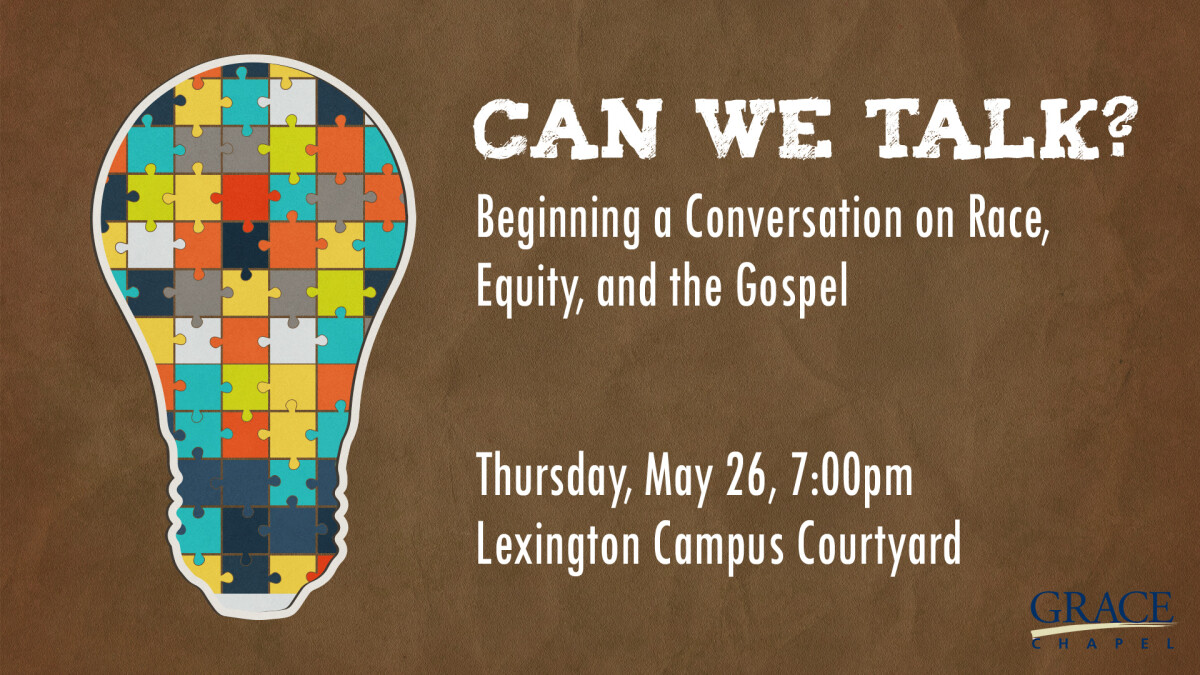
Read More
May 18, 2016
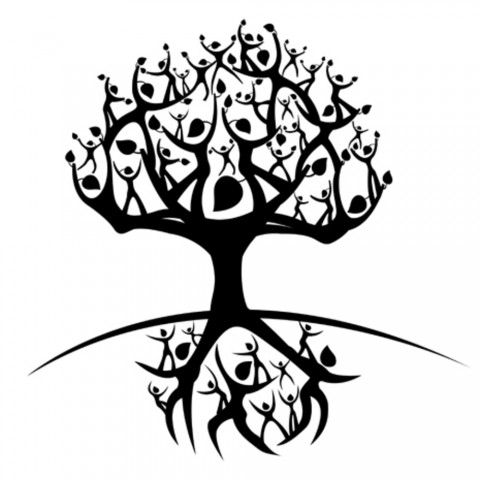 In a recent interview with Krista Tippett, on her radio program On Being, the poet/philosopher David Whyte offers up some beautiful reflections about the story behind and theme that runs through his poem “Working Together.” Having been commissioned to write a poem to celebrate the completion of a wildly successful group project, Whyte found inspiration one day while looking out the window of his descending airplane and watching the misty air rushing around the wing, marveling at how the elements of the air and the particular shape of the wing come together to make flight possible. He then rifts on this observation to consider the elements inside of himself, inside everyone, that have yet to be combined, or even discovered, and wonders about the distances that might be bridged as a result. Read More
In a recent interview with Krista Tippett, on her radio program On Being, the poet/philosopher David Whyte offers up some beautiful reflections about the story behind and theme that runs through his poem “Working Together.” Having been commissioned to write a poem to celebrate the completion of a wildly successful group project, Whyte found inspiration one day while looking out the window of his descending airplane and watching the misty air rushing around the wing, marveling at how the elements of the air and the particular shape of the wing come together to make flight possible. He then rifts on this observation to consider the elements inside of himself, inside everyone, that have yet to be combined, or even discovered, and wonders about the distances that might be bridged as a result. Read More
May 10, 2016

This year for the second time, IISC partnered with Food Solutions New England in designing and facilitating the 21 Day Racial Equity Habit Building Challenge as an extension of both organizations’ commitment to realizing racial justice.
Last year, this networked remix of an exercise created by Dr. Eddie Moore, Jr. and Debby Irving, was offered as a way of spreading commitment to learning about, talking about and taking action to solve racial injustices in the food and other related systems. This year, additional tools and virtual platforms were added to create a more robust environment for learning. This included:
- an even richer resource page with readings, videos and organizational links,
- a blogroll of daily prompts with links to resources and room for participants to offer written reflections,
- a series of original blog posts on the FSNE website committed to relevant topics and themes
- a Twitter hashtag (check out #FSNEEquityChallenge)
- a group Facebook page
Read More
May 5, 2016
“Everything we see is a shadow cast by that which we do not see.”
– Rev. Dr. Martin Luther King, Jr.

In the start-up and at transitional phases of network growth it is important for participants to get real about their constraints. Otherwise, what can happen is that people can start seeing one another as “blockers,” uncooperative, not good team players, etc.
A starting place is to ask people as they come to the collaborative table to start thinking about the constraints they have (real or imagined). These could be related to time, money, mental bandwidth, awareness, political pressure, organizational policy, comfort level with going certain places in the collective work, etc. If we define “value” holistically at the outset, we quickly come to understand that everyone has limitations and everyone has something to offer.
Trust-building is critical in helping people feel comfortable expressing certain constraints, so it is helpful to state preventatively that everyone has them, that some are perhaps not so easily spoken or may be beyond current awareness, and that it is important to get and remain curious about these, in addition to the gifts people have to offer!
Read More
May 3, 2016

Image by Tracy Kelly
Part of the underlying and deeper change potential of taking a network approach is the notion that we lead with contribution before credential. This means being open to the idea, for example, that a 15-year-old high schooler or home schooler might have as much to offer a given conversation as someone with a PhD, that lived experience can be as valuable if not more so than formal education, that those on the so-called “margins” often have a clearer view of what’s going on than those who sit at the center.
Read More
April 26, 2016
Recently our staff and board came together for an annual meeting. Part of the day was spent exploring racial equity projects happening across the organization. That was the first time we tried a prototype of the Cut-out Edition of #the4thbox. It opened up conversations on everything from analyzing “the isms” to creative ideas to create the liberated, equitable world we want.
We hope that you find this helpful, as you support people to have these conversations and imagine a better world.
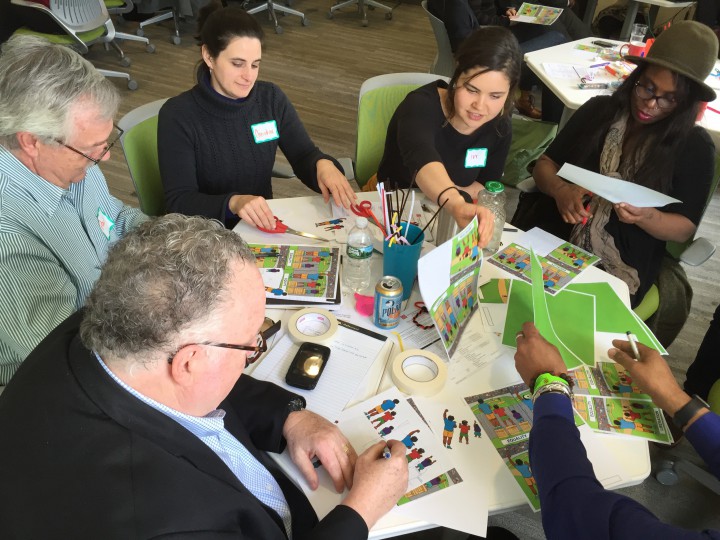
Read More
April 26, 2016
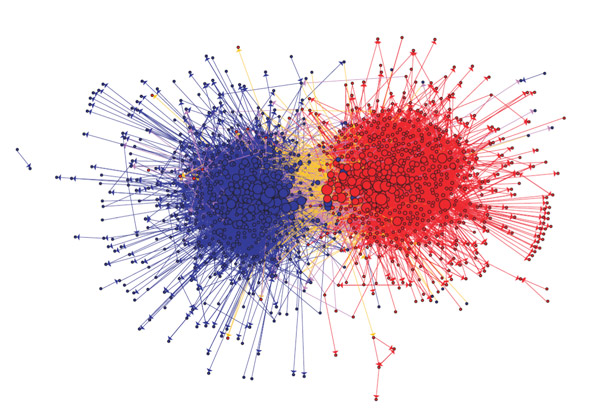 In many rooms where networks are the topic of conversation, a typical question of interest is “Who is connected to whom?” This is an important question, often the focus of social network analysis (SNA), and can lead to important and strategic information about things like hubs, gatekeepers, strong and weak ties, etc. And this is not the full extent of useful inquiry when thinking about social change.
In many rooms where networks are the topic of conversation, a typical question of interest is “Who is connected to whom?” This is an important question, often the focus of social network analysis (SNA), and can lead to important and strategic information about things like hubs, gatekeepers, strong and weak ties, etc. And this is not the full extent of useful inquiry when thinking about social change.
Another important question is, “What is flowing?” That is, what kinds of value are flowing through these connections with respect to information, natural capital, money, cultural expression, etc. This is the focus of value network analysis (VNA) and is important to help understand the overall vitality and health of a network or system. Read More
April 21, 2016
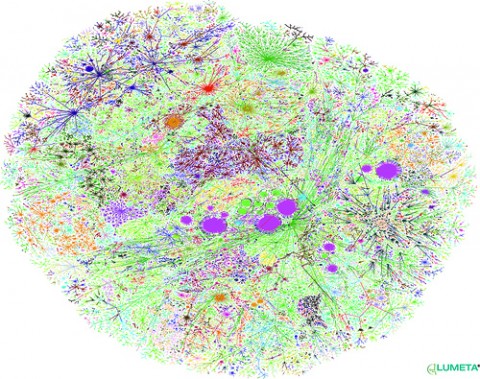
Image by Steve Jurvetson
Much of the work we do at IISC includes some element of helping to develop networks for social change. This entails working with diverse groups of individuals and/or organizations to come together and create a common vision and clear pathway to collective action and impact. I’ve been reflecting on how important it can be to not simply focus on creating or developing networks “out there” and across traditional boundaries, but also “in here,” within different recognized borders.
“When a living system is suffering from ill health, the remedy is found by connecting with more of itself.”
– Francisco Varela
The notion that part of the process of healing living systems entails connecting them to more of themselves is derived, in part, from the work of Francisco Varela, the Chilean biologist, philosopher and neuroscientist. As Varela and others have surmised, living systems are networks, including individual people, groups, organizations, and larger social systems. Furthermore, they have noted that when a living system is faltering, the solution will likely be discovered from within it if more and better connections are created. In other words, as Margaret Wheatley puts it,
“A failing system [or network] needs to start talking to itself, especially to those it didn’t know were even part of itself.”
I find it interesting in the context of social change work to consider how the process of re-connecting at and within different systemic levels can be beneficial to those levels and initiatives as wholes.
Read More
April 15, 2016

I almost wept as I listened to the story of Dylan Siegel. At age six, he learned that his friend Jonah Pournazarian had a rare, incurable, and fatal illness. He rejected mom’s ideas about a bake sale and decided to write a book, So Chocolate Bar, (his word for awesome) and raise a million dollars to support medical research. And he did it! Now at age nine, his efforts are funding research that just wouldn’t have happened otherwise. The disease affects so few people that there was no incentive for drug companies or researchers to pay attention. This little guy thought that was unfair and decided to do something about it. How would you change the world if the life of someone you loved depended on it? How far would you reach if the possibility of failing never crossed your mind?
Read More

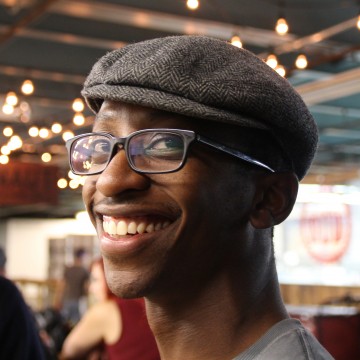


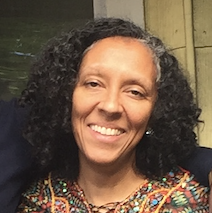

 In
In 


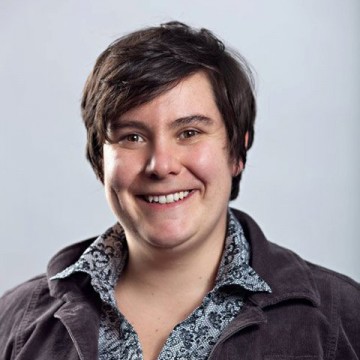

 In many rooms where networks are the topic of conversation, a typical question of interest is “Who is connected to whom?” This is an important question, often the focus of
In many rooms where networks are the topic of conversation, a typical question of interest is “Who is connected to whom?” This is an important question, often the focus of 

